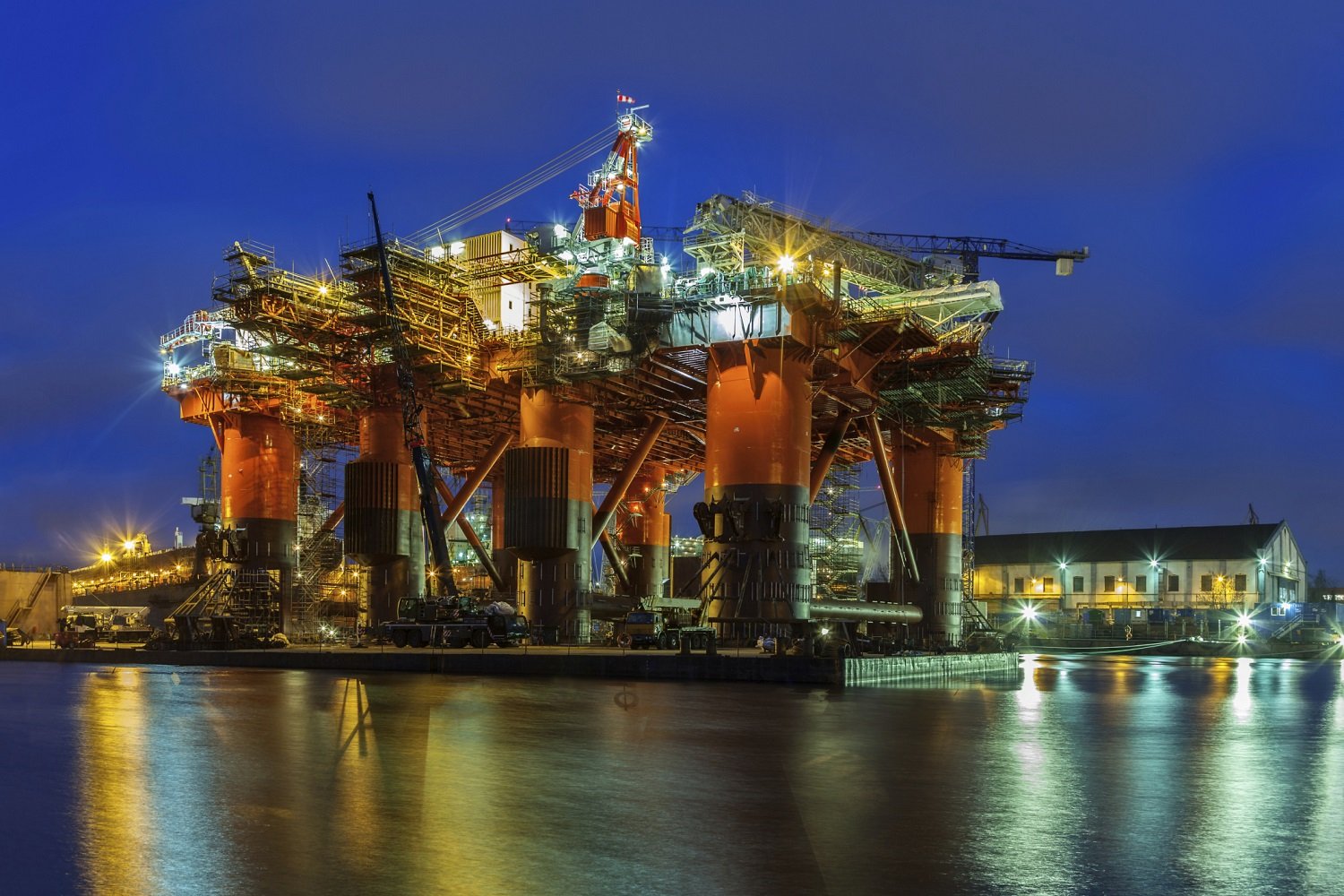What happened?
This past month was a tough one for offshore rig companies. While drilling activity is starting to pick back up on land in North America, work offshore has yet to pick up. In the face of the backdrop, it's a little surprising to see that Seadrill Partners (SDLP +0.00%) saw gains of 17% in February while other rig comanies such as Ensco (ESV +0.00%) and Seadrill Partners' parent company Seadrill Limited (SDRL +0.00%) posted double digit losses.
How on earth can a subsidiary see its stock soar when its parent company looks to be in death throes?

Image source: Getty Images.
So what?
The market moves in mysterious ways sometimes, and this is one of those times that is hard to crack in terms of why these stocks are moving the way that they are. Probably the best place to start is on Jan. 31st, when Seadrill announced that it was in the middle of major restructuring negotiations with its creditors and other stakeholders. Seadrill has a lot of debt due this year -- a little more than $3 billion -- and creditors are getting rather apprehensive on refinancing that debt since there isn't a whole lot of long term work out there for rigs. The company's goal with these negotiations are to extend the maturities of its current debt to beyond 2021, and to raise about $1 billion in new capital. Management even acknowledged that these deals would likely lead to significant shareholder dilution.
At the time of the announcement, shares of Seadrill hit the skids, but Seadrill Partners did surprisingly well. Why that happened is anyone's guess. Perhaps it's because Seadrill Partners' assets have decent contract coverage and the company has a better balance sheet, but the two companies are inextricably tied to one another based on the corporate structure, so one has to wonder what happens to Seadrill Partners if Seadrill were to get into real financial trouble.
It's also worth mentioning that both Seadrill and Ensco reported earnings at the end of the month. In both cases, it's hard to argue that either company was doing great. Sure, both are reporting positive net income and generating free cash flow from its existing contracts, but both companies are set to see some of its assets to roll off contract in the coming months that will put a further dent in their ability to generate cash to pay off debts. Ensco was quick to point out, though, that it had made two moves lately to shore up its balance sheet, almost as a way to say that it isn't in the same position as Seadrill today.
Now what?
Both Seadrill and Seadrill Partners admitted in their earnings releases and conference calls that the two are making contingency plans in the event that Seadrill can't come to favorable terms with its creditors. One of the contingencies mentioned was Chapter 11 bankruptcy, which scared the bejesus out of investors. Seadrill Partners came out and said that it is trying to detach itself financially from its parent as much as possible by not having the parent as a guarantor on some of its debts.
Whether any of these things happen remains to be seen, but we do know we are going to get a resolution relatively soon. Seadrill announced that it has until the end of April to complete its negotiations as that is when some of its major debts will come due. Anyone looking at Seadrill or Seadrill Partners because both stocks are so cheap should stay away until we get a resolution of these financial issues. Otherwise it would be taking a very risky bet.




